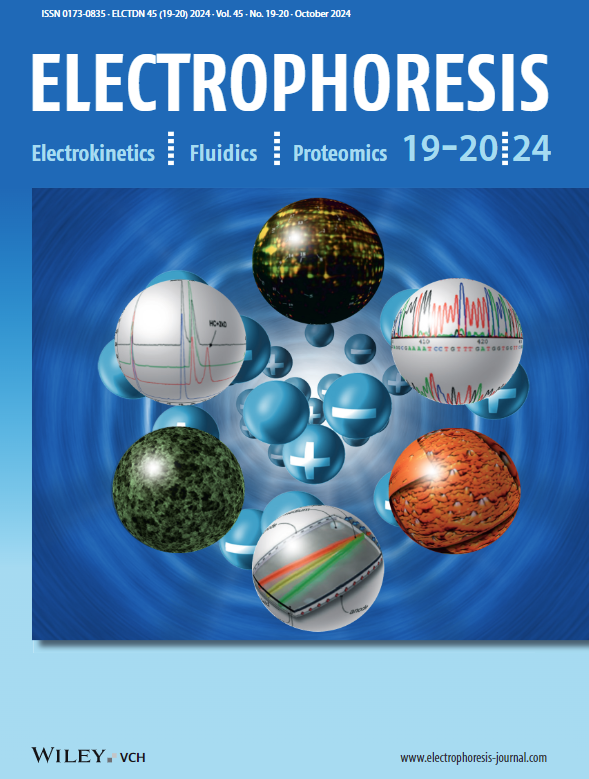Detection of Ultra-Short KYCDE Peptides Using SixNy Nanopores
Abstract
Detection of ultra-short peptides is one of the critical steps toward deeper understanding of proteins and the sequencing of amino acids using solid-state nanopores. The ability of solid-state nanopores to detect these ultra-short peptides can help us reveal their hydrodynamic state under different conditions like the concentrations and the external voltage, which may further guide the future development in this field for deeper investigation and possible improvement. In this study, we fabricate SixNy nanopores by CDB with various pore sizes and use them to detect ultra-short peptides comprised of five different amino acids. The peptide translocation events are extracted under various external voltages. Optimal experimental conditions such as the concentration of electrolytes and analytes, and the range of external voltage are investigated and compared. The statistical results based on volume exclusion analysis indicate that a significant portion of peptides exist in aggregation form. Due to the limitations of SixNy nanopores such as the thickness and the noise, most of the single peptide signals are masked under the baseline noise. In addition, the results show that peptide–pore interactions are dependent upon the diameter of the nanopore. Higher voltage may also influence the degree of peptide aggregations. This study serves to further comprehend the physical and chemical properties of peptides, find possible ways to improve the performance of solid-state nanopores in the area of protein and peptide detections, and indicate the potential improvements in solid-state nanopore-based peptide sequencing.



 求助内容:
求助内容: 应助结果提醒方式:
应助结果提醒方式:


